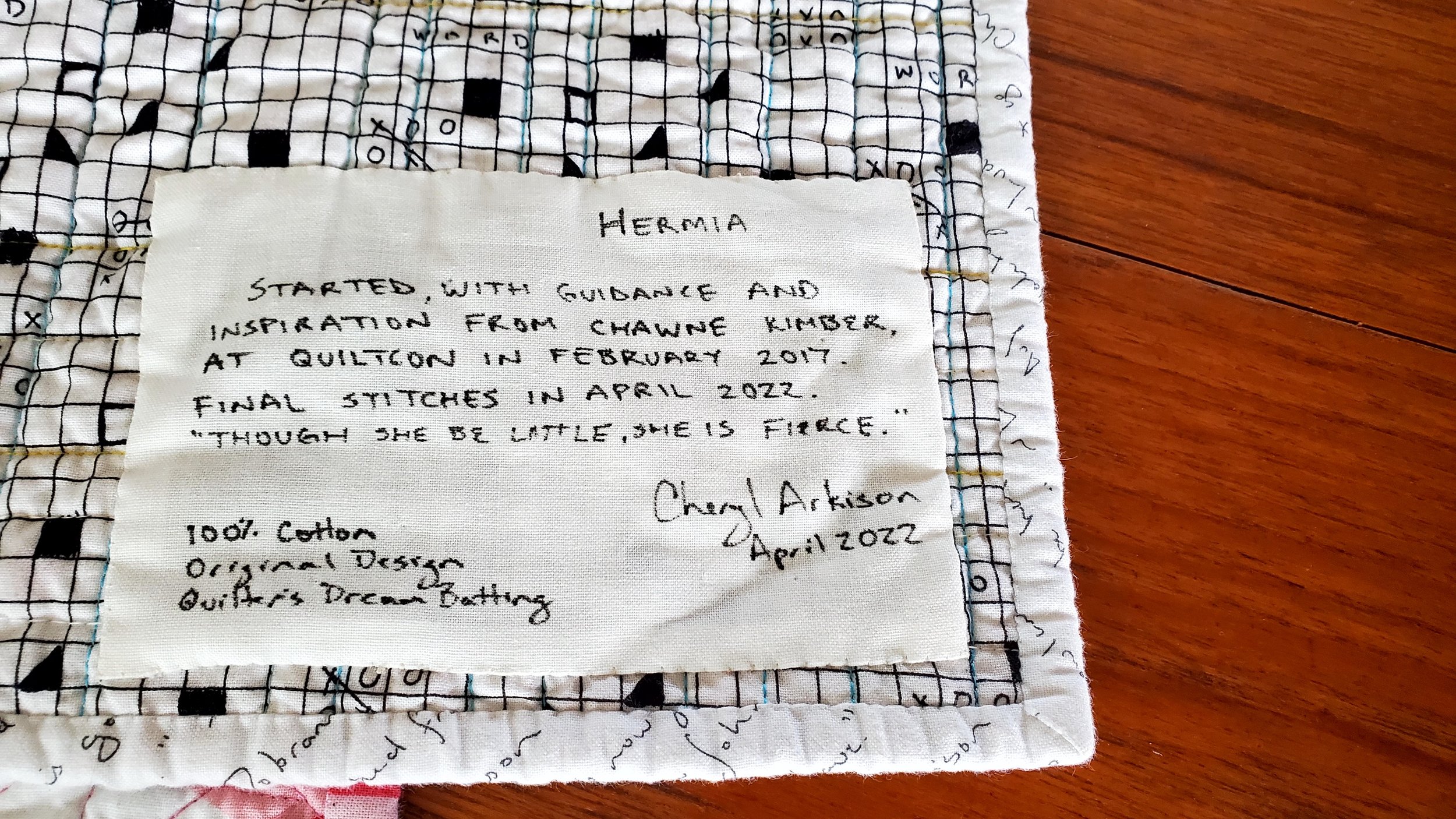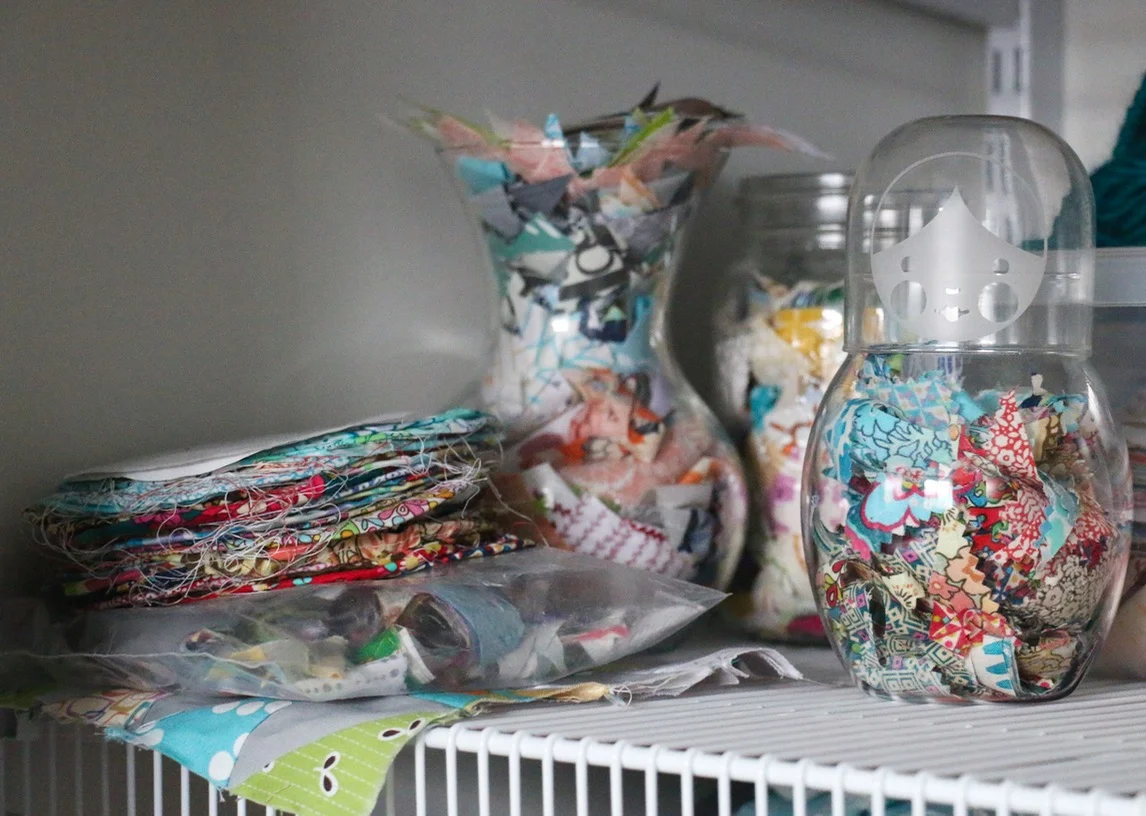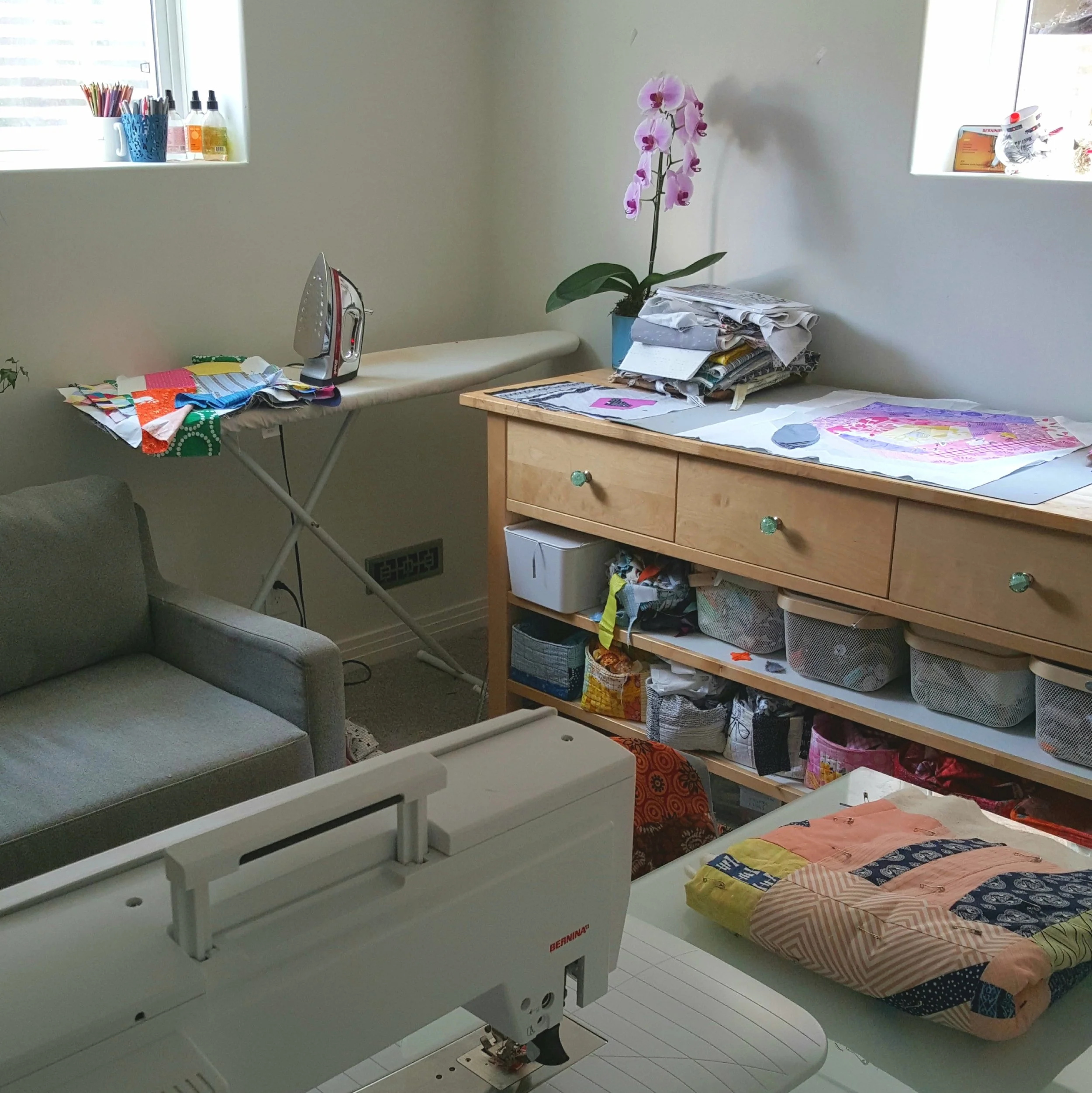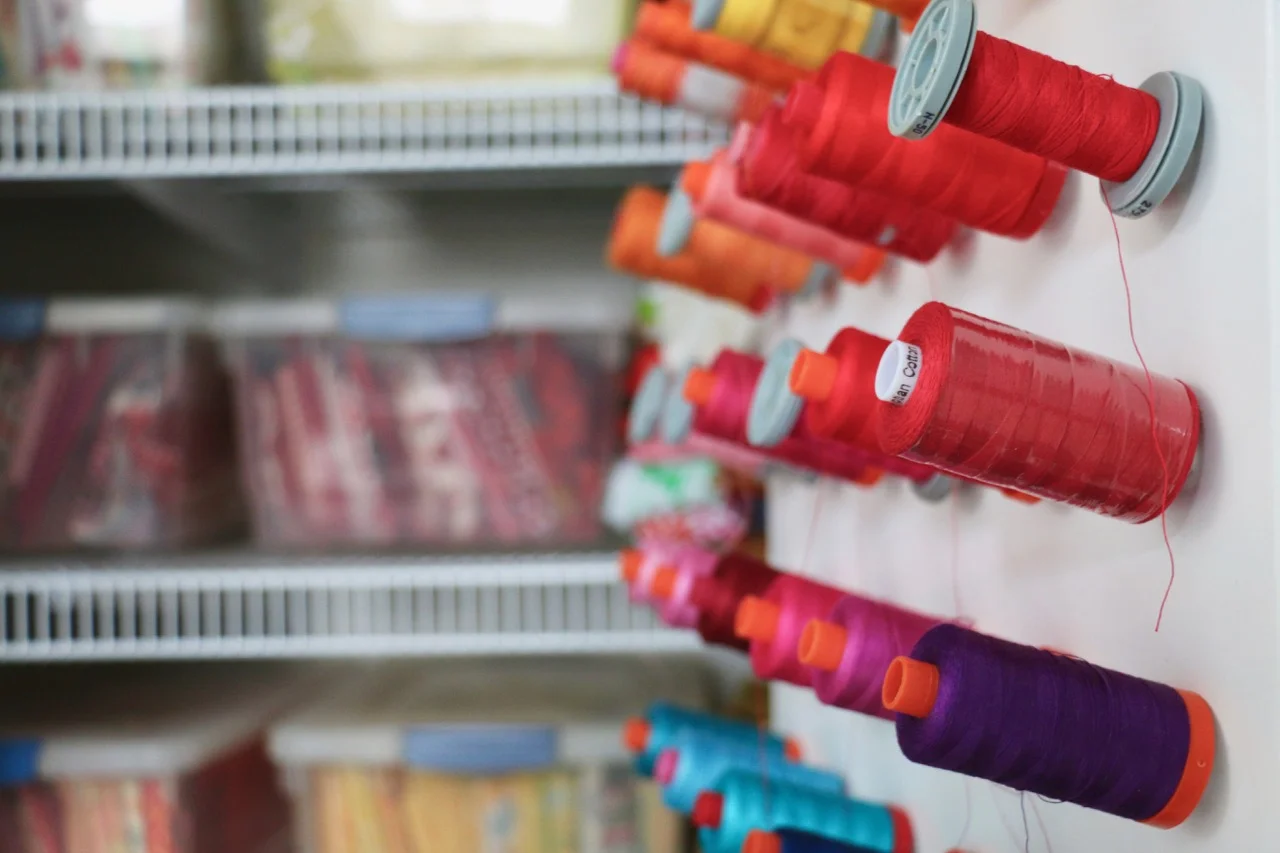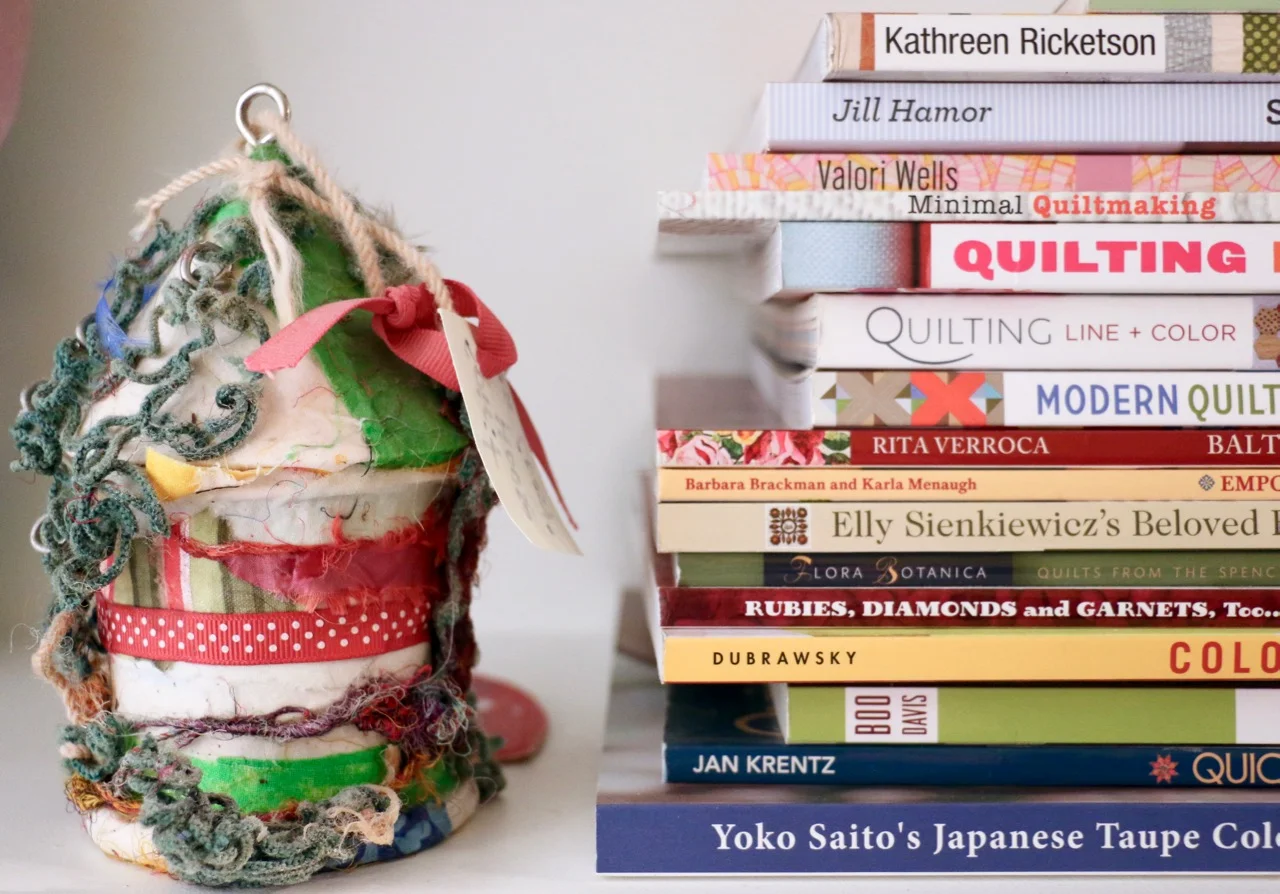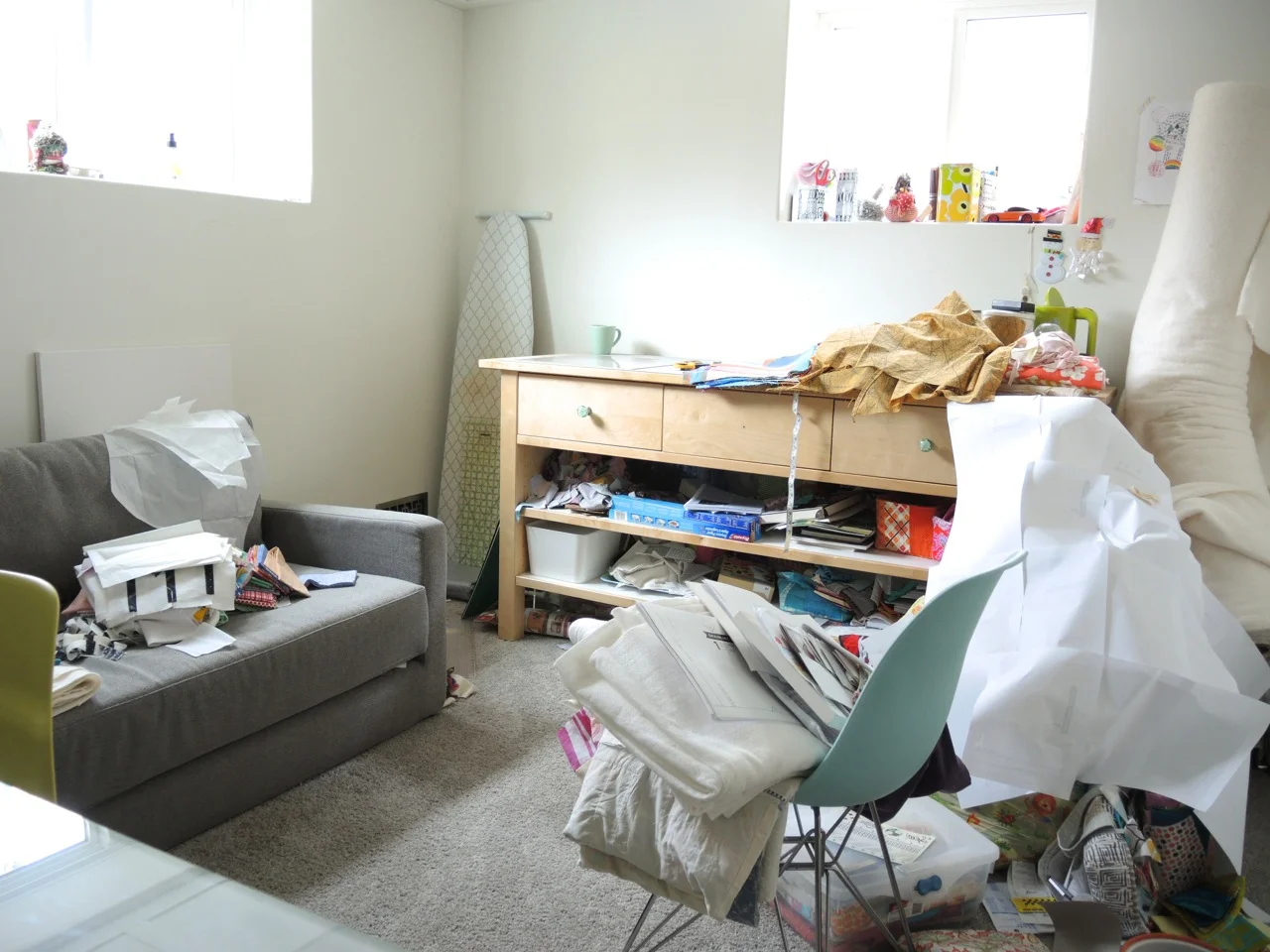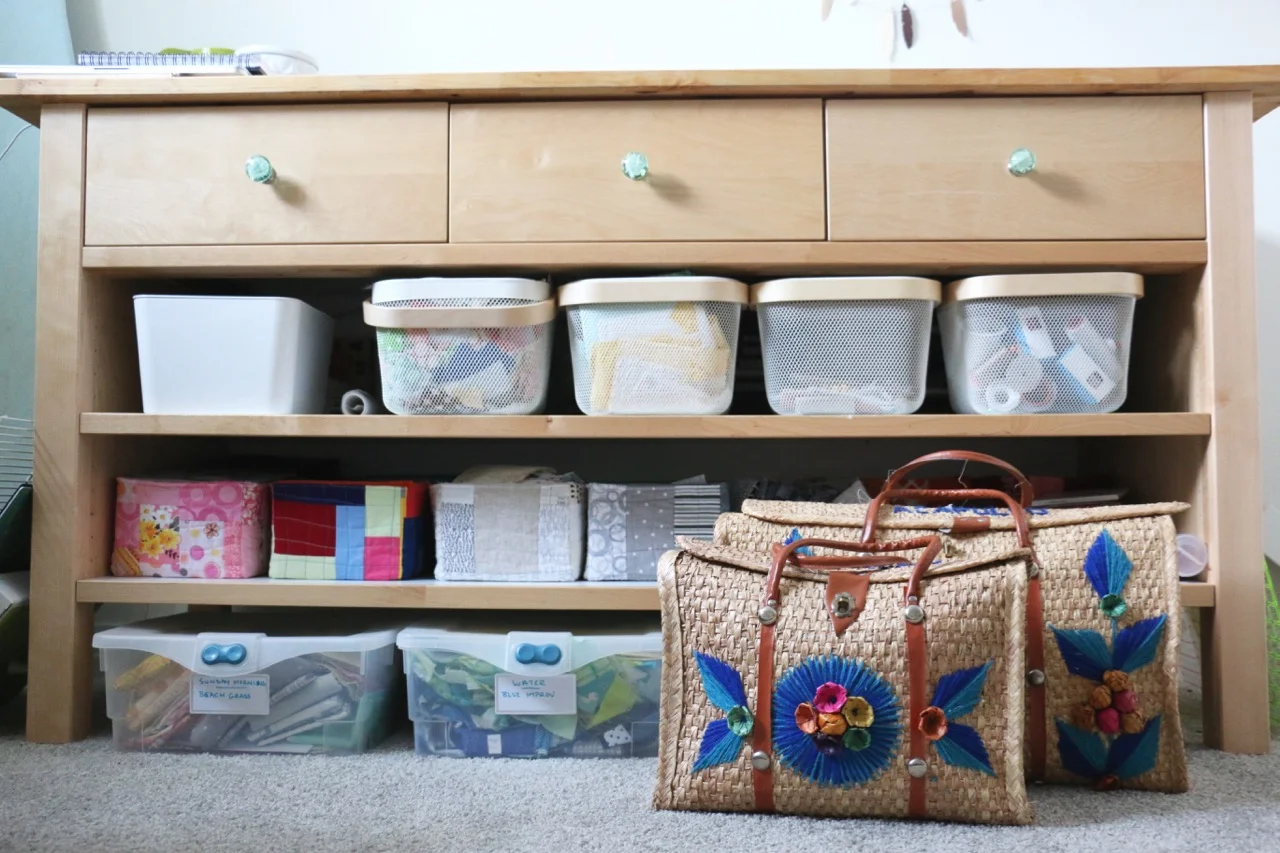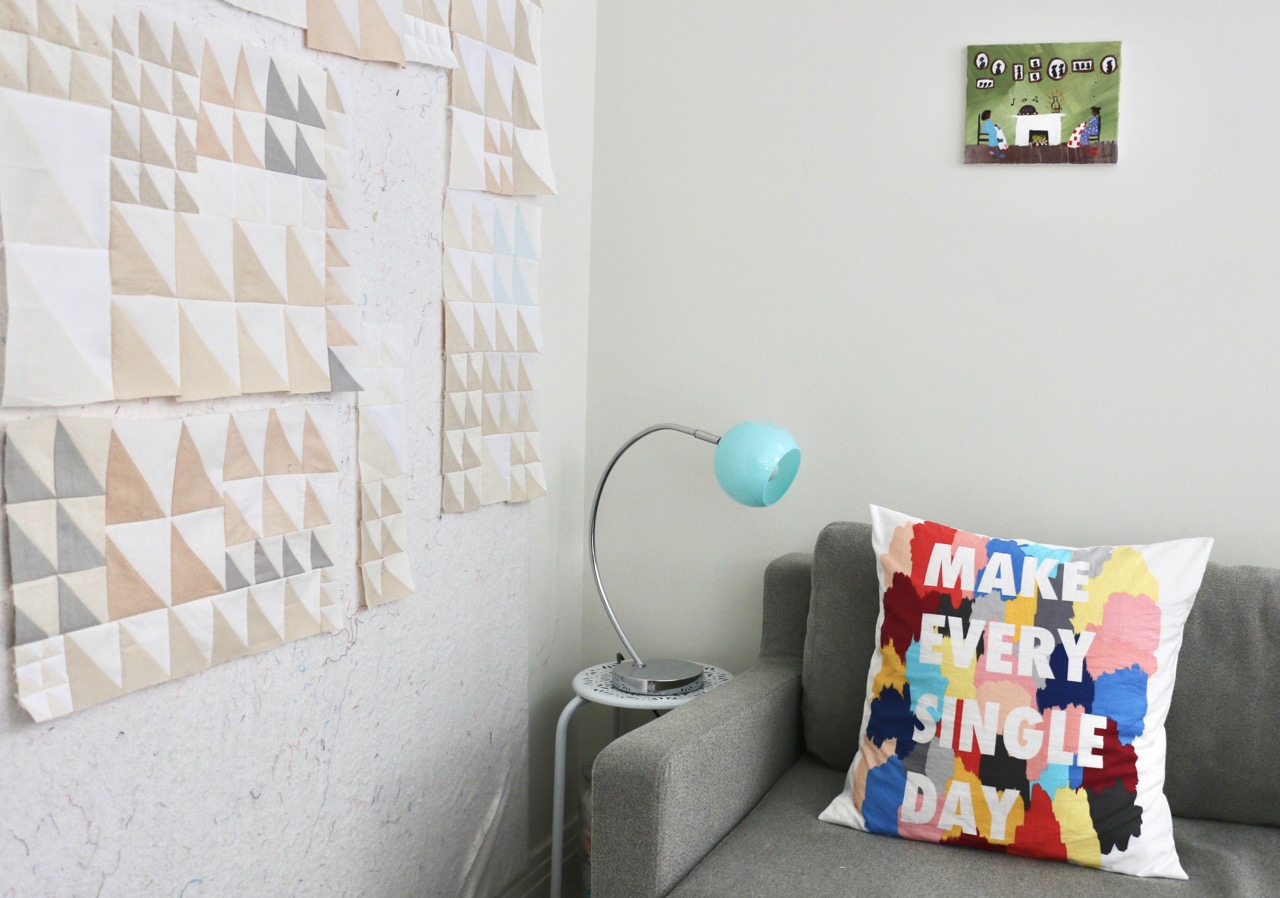Everyone has a different approach to labelling a quilt. Some don’t do it at all, others design and make embroidered labels. Some simply sign it with a marker, others screen print fabric and make it part of the back. Some just add a ‘signature’ bit of piecing or binding, others have custom labels made and sew them in. Truth be told, there is no right or wrong way to do it. What is most important is that you put your name to the work.
For one, be proud of the work you did. You made that! Put your name to it, on it, in it.
Secondly, give your quilt the history to live beyond you.
There are various schools of thought about what should be included on a quilt label. Here is what I think should be on it:
Your name
Date the quilt was made/finished
Material make up
Anything else is just gravy. And gravy is good, so I include other things. I like to name my quilts so that is always there. If there is a specific inspiration or starting point, then that gets included. If I used a pattern I acknowledge it. If it is a gift, I like to put the recipients name on there too (and wedding/birth date if it is for that.)
Your name and the date is important. This is the history part. Should your quilt live beyond you or be separated from you (by choice or not) there is a record of the maker. If your grandchildren uncover the quilt one day they will want to know! So will the historian, the neighbour, the treasure hunter, the buyer.
Material make-up is very useful information for care instructions. I work almost always with cotton, including cotton batting and thread, so this helps any recipients present and future know how to wash it and care for it. If I use something different, then I include that. You could get super detailed here and list the thread used, batting chosen, and even fabric lines. The level of detail here is personal, but at least include material make up.
I know that labelling is a pain. We are so excited to finish the quilt, to wash it, to cuddle with it that we very often skip this system. Including myself in that majority. But I always label a quilt before gifting it. And lately I’ve been feeling the guilt of not having all my quilts lately. Might be the Covid stress and fear of the unknown - what quilts will outlive me? The solo show I had recently forced me to label a bunch of quilts as I did not want them going out into the world with no record.
As for ways to make labels, there are as many ways as there are quilts. I’ve seen people screen print fabric and sew it into the back of the quilt, embroider and stitch on a label, write right on the back of the quilt, sign the front, get custom labels printed, and appliqué something. Myself, I’ve done fancy ones where I’ve used leftover fabric for framing before stitching it onto the back, printed ones with special papers, intricate traced designs, and plain writing on white fabric. The last one has been my go-to of late. I use scraps of white fabric and a Micron pen to write it. Every now and then I might decorate the label with fabric markers. Nothing fancy, easy, and gets the job done. Unobtrusive too. Most importantly, it is there.
One last thing, a little tip I learned years ago. If you are gifting a quilt that will be used in a public setting like a dorm or care home, undo the binding and write some info on the inside of the binding before stitching it back up. Labels that are stitched on can be removed if someone really wants to claim the quilt as their own. But having a signature hidden in the binding then ownership can always be proven.



